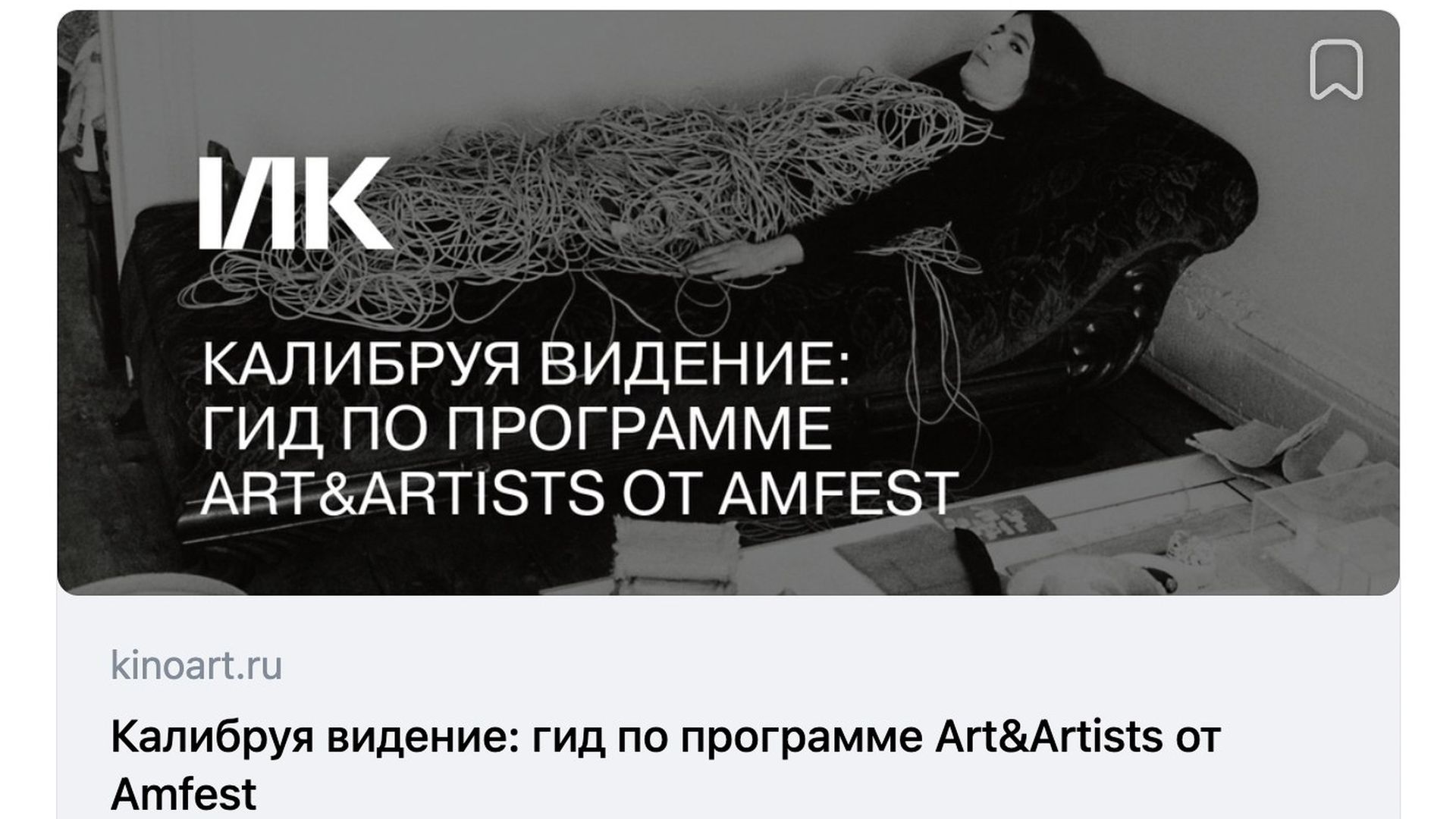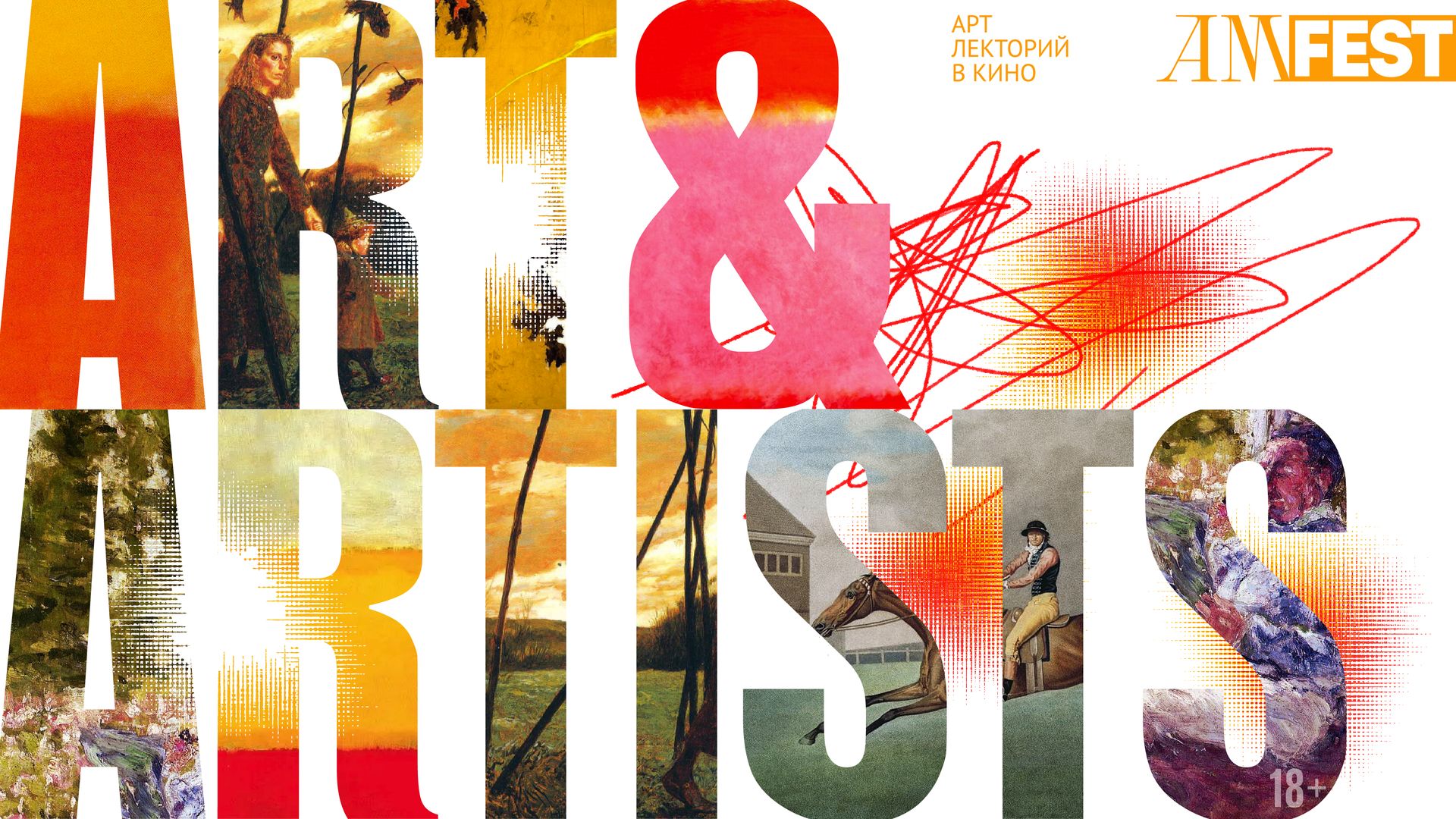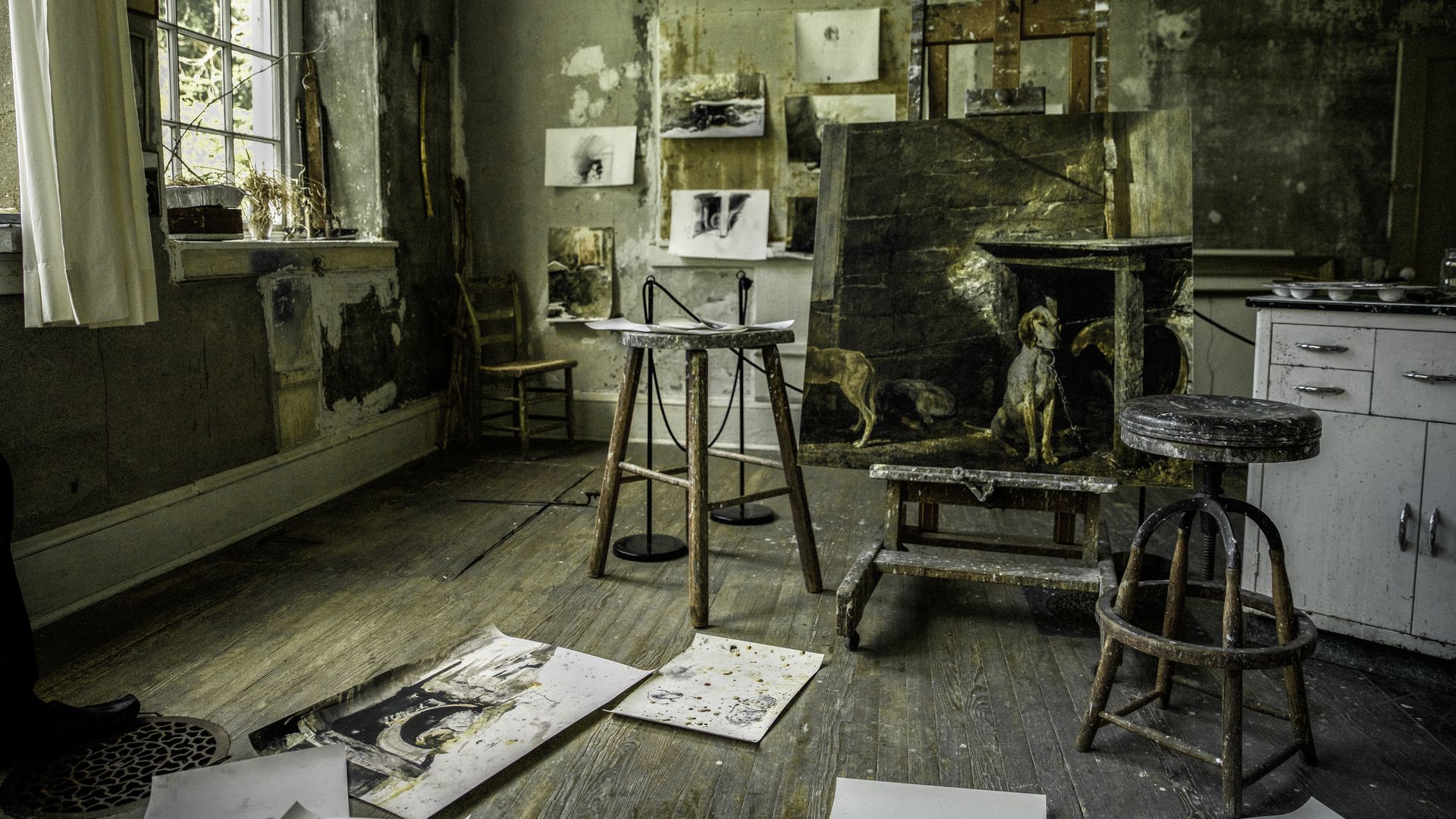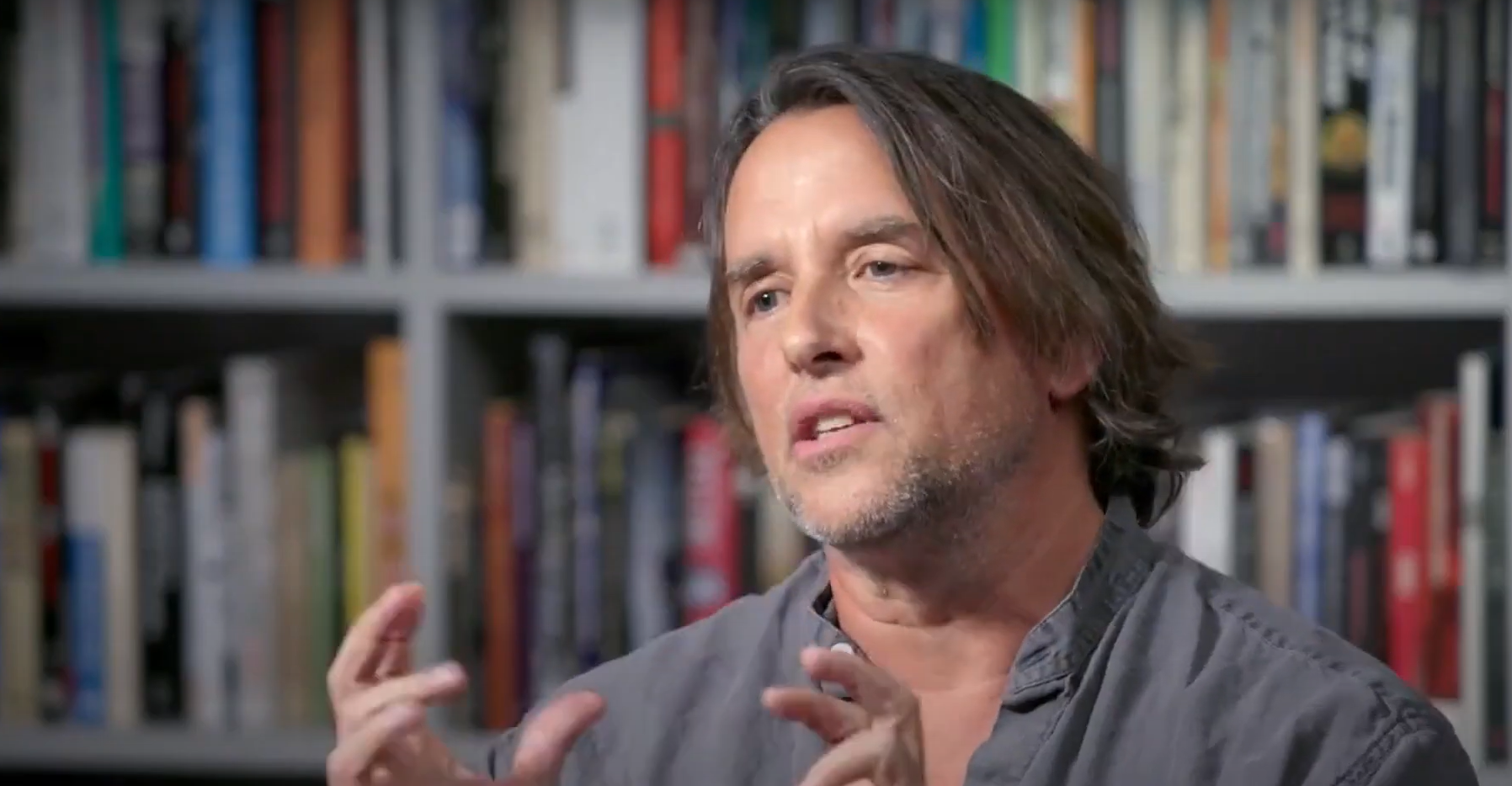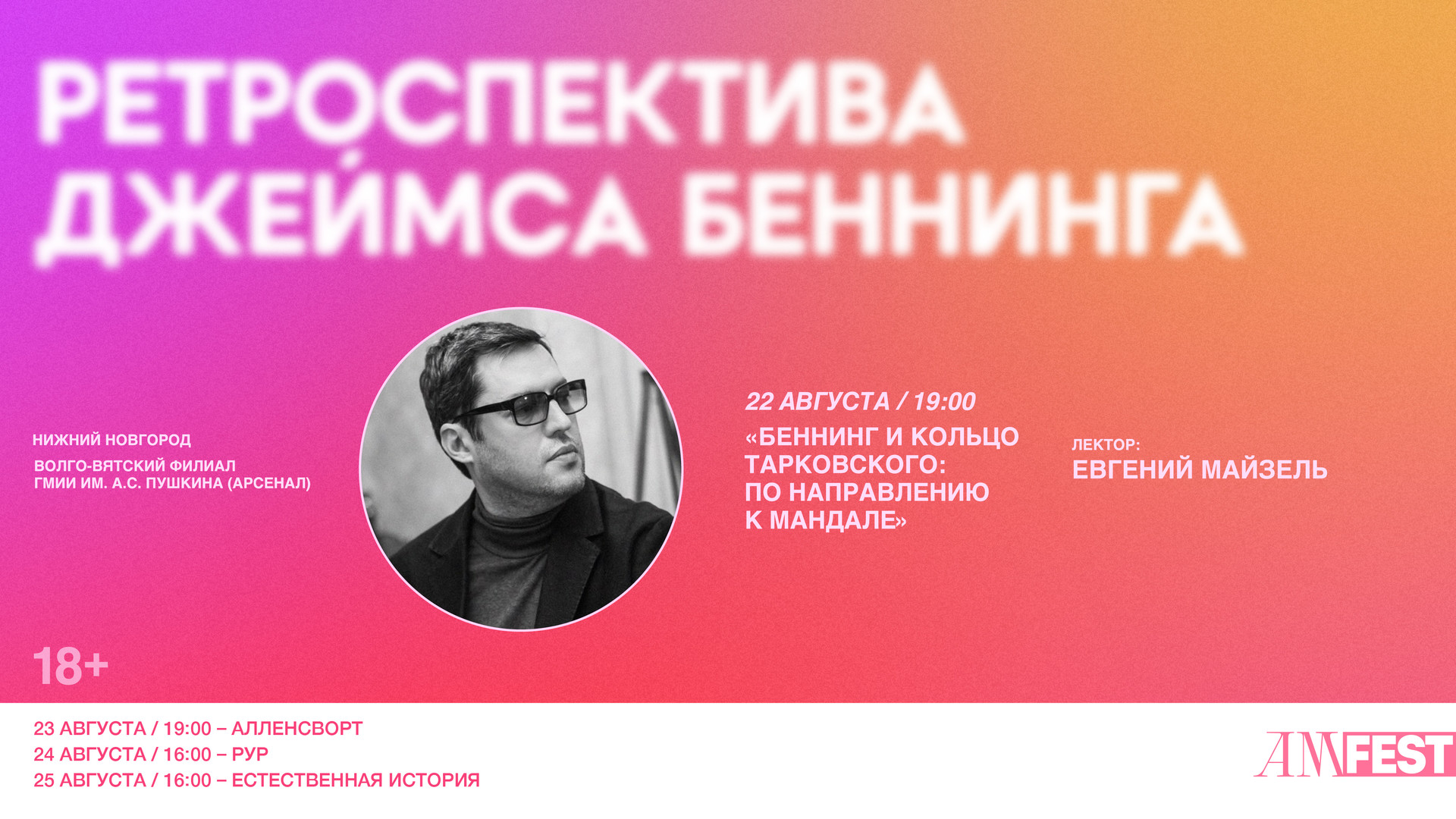- Barnaul
- Chelyabinsk
- Gelendzhik
- Irkutsk
- Kaliningrad
- Kaluga
- Kazan
- Khabarovsk
- Krasnodar
- Krasnoyarsk
- Lipetsk
- Makhachkala
- Moscow
- Nizhny Novgorod
- Novokuznetsk
- Novosibirsk
- Omsk
- Penza
- Perm
- Petropavlovsk-Kamchatskiy
- Rostov-on-Don
- Saint Petersburg
- Samara
- Saratov
- Sochi
- Tomsk
- Tula
- Tyumen
- Ufa
- Vladimir
- Vladivostok
- Volgograd
- Voronezh
- Yaroslavl
- Yekaterinburg
Kaliningrad
Cinema Park Europa, Kirche Paterswalde, Signal

Aleksandra Artamonova
Author, curator

Alyona Miroshnichenko
Art historian, curator

Dima Chaika
Modern folk artist
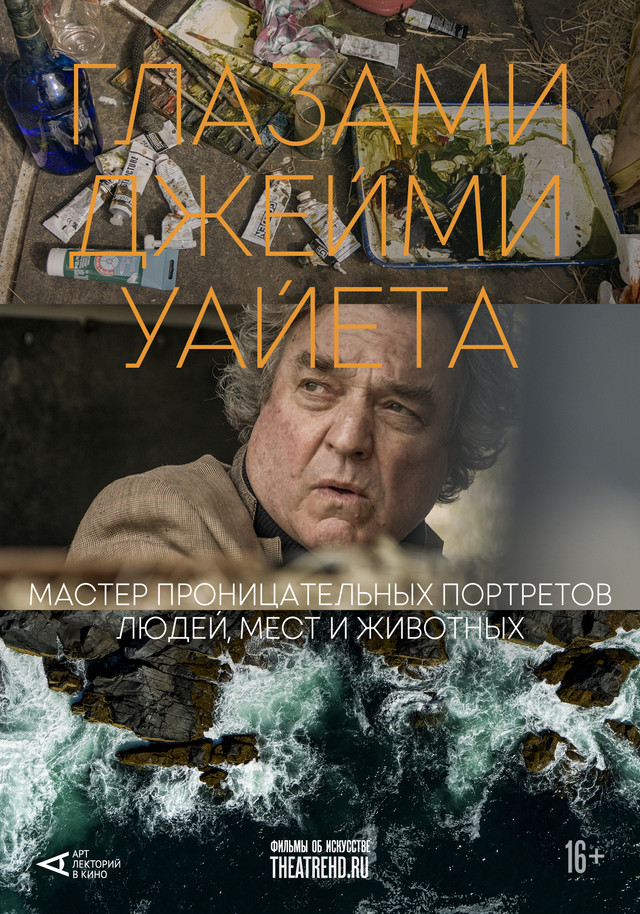
Jamie Wyeth and the Unflinching Eye (2024)
documentary, biography, art
AMFEST
We are introducing the new film program AMFEST ART&ARTISTS – documentaries about artists who have changed the cultural landscape over the past 150 years. Film screenings start in mid-October and are be held in more than 40 cities in Russia. These are films about star creators – and about people who have pushed the boundaries of the familiar. Among the heroes of the project are Dadaist Marcel Duchamp, whose idea of the ready-made captured the world, master of light installations Robert Irwin, associate of James Turrell, who will change your understanding of art. All the films are dedicated to visionaries who defined the art vectors of the future. A special link in the program are two films about the creative dynasty of the Wyeths: Andrew, the author of the masterpiece Christina's World from the MoMA collection in New York, and his son Jamie, portraitist of Kennedy and Nureyev. There is also a film in the program that poses a pressing question: will the profession of art critic survive or it'is "Out of the Picture"?..
This year, AMFEST is focusing on independent experimental work and new names. Amanda Kramer's film "Give Me Pity!" radically transforms a familiar genre and mutates the comedy TV show.
For the first time in Russia, a retrospective of a leading American experimental film director.
This year, AMFEST is focusing on independent experimental work and new names. Amanda Kramer's film "Give Me Pity!" radically transforms a familiar genre and mutates the comedy TV show.
For the first time in Russia, a retrospective of a leading American experimental film director.
Who is James Benning? A documentary maker? Certainly. All of the seventy plus films he has directed (around a third of them are features) are technically documentaries, notwithstanding the variety of methods he used. Even when Benning invites actors to play real people (Landscape Suicide) and even when he casts a star like Willem Defoe (O Panama, co-created with Burt Barr).
Is he an artist? There is no question about that. All of Benning’s works belong to contemporary art as much as they do to cinema. Museum spaces are a natural environment for his films. He has also been creating installations since the late 1970s.
Is he a minimalist and a structuralist? Without a doubt. Benning has never made narrative films. They are often composed of long shots, landscape studies, and static observation without a storyline. Building on the experiments of the 1960s with avant-garde structuralist cinema, they invent a different film language.
Is he a philosopher? Of course. Benning’s visual practice is rooted in the works of Henry David Thoreau. His art is a multi-volume epic reflecting upon the connections between history and nature, artificial and natural landscapes, the personal and the eternal.
A documentary maker, an avant-garde artist, and a philosopher, he is also a cult figure in independent film, an educator, and a poet. All these descriptions are accurate and none of them is sufficient individually to describe a creative of Benning’s stature.
This program at Amfest is the first retrospective of James Benning’s films in Russia. It covers, as far as is possible, various decades in his career. It is not huge, but to cover Benning’s entire oeuvre would be an impossible task. Even the three selected films require concentration on the part of the viewer, but they promise great spiritual rewards.

